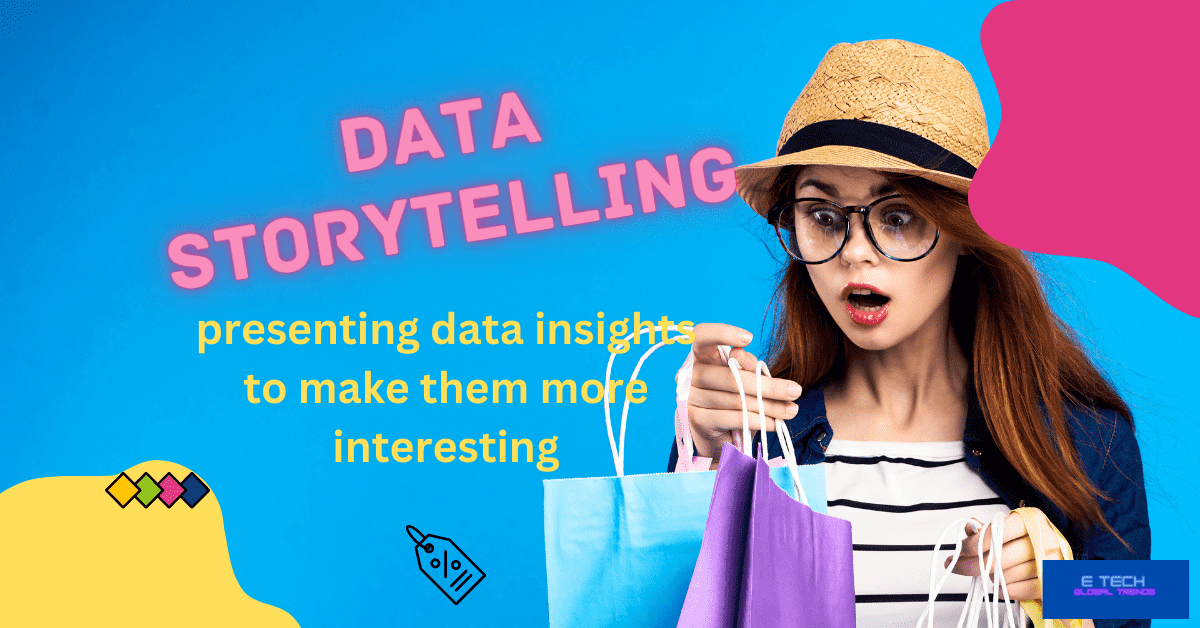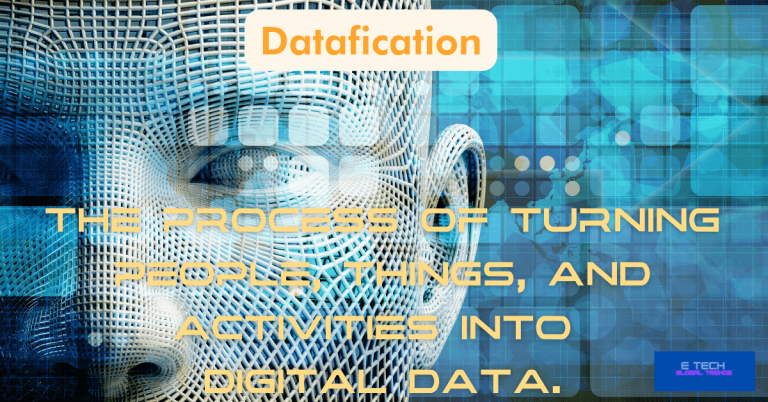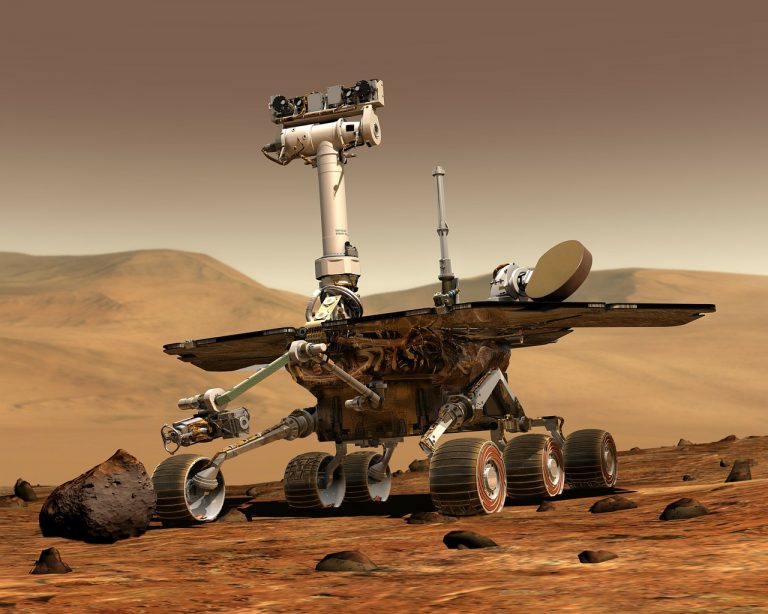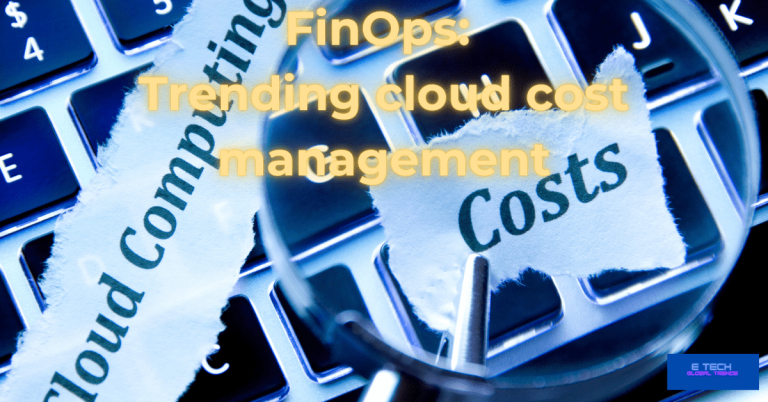Data Storytelling
Do you know about Data Storytelling? It’s a method of narratively presenting data insights to make them more interesting and understandable for non-technical audiences.
Simply said, successful data communication is what data storytelling is.
Shall we go in-depth?
What is storytelling?
This is a necessary component in narrating a story. You can express thoughts through words, drawings, or sounds.
Metaphors, symbols, or emotive depictions are frequently on use to describe complex topics. Rich masks, clothing, music, and chanting are some examples. similarly.
Therefore, Data storytelling involves the practice of putting data analysis into clear words to sway a business judgment or course of action. Analysis of information focuses on drawing insightful conclusions from data to better clarify and explain the facts to a target audience.
However, Good stories stimulate our senses and invite us to take part in the action.
isn’t it?
Why is data storytelling trending?
This is a technological concept.
data storytelling is to create an engaging tale using intricate data and analytics to influence and publish a specific audience.
The practice of conveying data insights through narration and visualization represents data storytelling.
Incorporating information into a tale is known as data storytelling, and it is frequently done to provide a conclusion. Visual representations of data as information work best.
This method is popular because it makes it easier for businesses to convey and use complicated information.
Even if it’s a little difficult to construct an engaging tale using statistics while still providing accurate and understandable facts.
With this intention, The storyteller focuses…
- convincing,
- efficient, and
- reliable.
So, similarly, People are becoming more conscious of how much they can trust the information offered to them in recent years.
The fact that the data storyteller must additionally create trust on top of the difficulties stated above further exacerbates the difficulty of their job.
What new UI/UX design trends will there be in 2023?
One of the most intriguing UI design ideas for 2023 is…
- Data Storytelling.
- Scrollytelling,
- Buttonless UI,
- Personalization,
In keeping with this intriguing trend toward larger displays, Instagram has improved its desktop functionality as a result of our study.
Why is data storytelling effective?
Yes, why not? Effective data storytelling shines in a number of areas.
1. Data visuals
Information is graphically depicted and effectively supports the story.
2. Visual design
The narrative itself is visually rich and “awakens” our senses.
3. Editorial guidance
The narrative itself is interesting. By scrolling across both the visual and textual pieces, the reader takes part in the narrative and helps expose certain details of the plot.
What is crucial in Data Storytelling?
The secret to successful data storytelling is striking the ideal balance between the tale and the facts.
Therefore, you need to use the statistics to support and improve the narrative, but you cannot allow the data to overwhelm or overpower the narrative.
A compelling narrative arc that leads the audience across the data and its consequences should be present in every chapter of a successful data story.
As an example, putting up a report to show prospective contributors the effect of their programs. Finding a means to make the information interesting and available to a large audience was difficult due to the data’s complexity and breadth.
Of course, that means applying to all kinds of data is still a problem.
What are the platforms doing data storytelling?
Some of the leading companies introduced automatic data storytelling platforms for data visualization tools like Tableau, Power BI & Yellowfin, which has stoked interest in this methodology even more.
The chance to master Power BI.
Power BI places a strong emphasis on powerful data visualization and visual storytelling.
However, Find out the best ways to make interesting and educational visualizations,
such as;
- charts,
- tables,
- maps, &
- custom graphics.
Enhancing the user experience requires knowledge of ideas including;
- color theory,
- the data structure, and
- interaction.
Future predictions indicate a considerable increase in interest in data storytelling.
By 2025, THIS TECH CONCEPT will account for 75% of all data consumption, according to Gartner.
Roughly, there is no sufficient data utilization in 75% of businesses.
Furthermore, because they are not using appropriate insights, it looks like a waste of 60% of expenditures on analytics skills.
Because of this, approximately,90% of firms say they want to increase their spending to improve their analytical and data collection capabilities.
Entrepreneurs listed objectives, nevertheless, for this matter recently. basically, they believe their data leverage level to its full potential and are using useless data. They explain why data visualization and AI analytics are popular right now.
Ok, let’s see how Data Storytelling works, basically.
What impact does data storytelling have on company communication and decision-making?
This is an effective strategy that helps to significantly improve company communication and decision-making.
Therefore, It blends the analytical strength of statistics alongside the emotional impact of narrative to effectively and compellingly communicate complicated facts.
Here are some examples of how data storytelling benefits commerce.
1.0 Creating a culture that is data-driven
A data-driven culture is now on promotion. by using data storytelling strategies inside a business. Professionals at all levels are motivated to respect and use data when it is presented in an engaging and relatable way. It encourages a way of thinking where judgments are made based on facts and data rather than on beliefs or presumptions.
In today’s data-driven environment, this is now a culture change. That is towards data-driven decision-making. These results enhance business outcomes & a competitive edge.
2.0 Increasing comprehension and involvement
This transformation of raw data into an engaging narrative through the use of data storytelling. Data is presented in a narrative fashion, which helps to deconstruct complicated ideas. and make them more understandable to a larger audience.
Ensuring that stakeholders understand the most important insights and consequences of the data.
improves comprehension and engagement. and encourages better decision-making.
3.0 fostering emotional connection and empathy
Certainly, Data storytelling uses the power of emotions to convey information, as opposed to conventional data presentations.
which only uses charts and graphs, basically.
It inspires empathy & emotional connection by adding;
- personal experiences,
- real-world examples, and
- human tales.
This emotional resonance aids stakeholders in developing a stronger connection with the data, promoting a higher feeling of urgency and drive to act on facilitating data-driven decision-making.
How does finetune business decisions?
By placing information in a context that those who make decisions can comprehend and connect to. data storytelling aids in the process of making decisions that work with data.
Decision-makers may better perceive the data’s practical applications and appreciate how relevant it is to their particular problems or objectives by fusing data elements with an engaging story.
They may then base their judgments on insights based on data rather than just their gut instinct or personal beliefs. which allows them to make better decisions. data’s insights.
4.0 Increasing memory and recall of information
The information saturation that plagues traditional data presentations makes it difficult for stakeholders to remember and recall important insights. By presenting data in a narrative way that is simple to recall,
Data storytelling solves this problem.
so, it produces an engaging experience that improves recall and retention of the data insights by fusing data with narrative strategies including;
- characters,
- plotlines, and
- conflict.
5.0 Getting support and buy-in from stakeholders
Successful data storytelling has the capacity to sway stakeholder support for projects or strategies that are data-backed and to influence stakeholder buy-in.
Therefore, Data is more convincing and memorable when it appears in a narrative fashion.
Certainly, Through this strategy, stakeholders are able to persuade of the veracity and significance of the insights communicated, increasing their support for and dedication to the implementation of data-driven projects.
6.0 Reducing the disparity between experts and novices in data
Furthermore, Between data professionals and non-experts, there is sometimes a chasm in many businesses.
By converting complicated data analysis into an explanation that laypeople can comprehend, data storytelling aids in bridging this divide.
A wider audience, particularly decision-makers who might not have a strong expertise in data analysis.
They can benefit from data specialists’ ability to effectively convey their results, insights, and suggestions.
Subsequently, this will encourage, cooperation. and it will make sure that research insights work for all organizational levels.
Why is data storytelling so important to business?
If you carefully read “this story”, you will have an answer!
In business, this matter has an almost miraculous impact. we know how it transforms uninteresting facts into a gripping narrative that influences choices.
Giving numbers life is like making insights relevant and useful. Business patterns are made evident and choices have more effect here.
Data Storytelling in Brief
In summary, the concept serves as a potent instrument that greatly influences company communication and decision-making.
- improves comprehension,
- arouses feelings,
- motivates data-driven decisions,
- encourages stakeholder buy-in,
- eliminates the divide between data specialists and non-experts,
- boosts data retention, and
- promotes a data-driven culture.
By utilizing data to its maximum extent and successfully communicating the insights gleaned from it, therefore, companies that implement this idea acquire a competitive edge.
How can you successfully convey ideas and discoveries from data analysis using storytelling techniques?
Let’s see how…
What is the purpose of using data storytelling in the field of data science?
Data science‘s use of data storytelling aims to increase data’s usability and comprehension among a larger audience.
By conveying information in a way that is accessible and significant, it aids in bridging the divide between data analysts & decision-makers.
There are various recommended practices to adhere to in order to successfully communicate insights and discoveries from data analysis utilizing storytelling techniques.
1.0 Take a simple start
Generally, determine the main point you wish to make before beginning to tell a narrative.
Therefore, By doing so, you’ll be able to maintain your concentration and make sure the tale has meaning.
2.0 Know your audience
To adapt your tale to your audience’s viewpoint, be aware of their requirements and interests. Use words and illustrations that are relatable to them.
3.0 Simple is best.
To make complicated subjects easier to understand, speak plainly, stay away from jargon, and utilize illustrations.
4.0 Make use of data visualizations
Data may be made more comprehensible and remembered by using data visualizations like charts and graphs.
So, Keep it simple and select the appropriate visualization for the data.
5.0 Use basic elements
To captivate and hold the audience’s attention, without doubt,Use storytelling methods like;
- a protagonist,
- a distinct beginning,
- middle, and
- conclusion, and
- a conflict.
6.0 Make it reliable
Make the information relatable and pertinent to the audience by using case studies, stories, and real-world examples.
7.0 Practice and receive feedback
To improve and increase the impact of your tale, likewise, practice telling it and solicit feedback from others. right?
In general, this concept is an effective method for conveying the conclusions and insights from data research.
Nevertheless, Data scientists may engage their audience, make data more personal and intelligible, and eventually assist decision-makers in making better decisions based on data by adopting storytelling approaches.
Storytelling concept through data scientist’s view.
The art of storytelling is crucial to the field. In reality, narrative frequently fills the gap between unfiltered facts and meaningful conclusions.
A dry, technical study can transform into a captivating and interesting narrative. that can spur change and creativity if you are going to tell via the use of data.
findings scientists with strong narrative abilities may persuade a wide audience of the significance and worth of their findings.
Proof of a real example
They can utilize data to build narrative visualizations that assist stakeholders in comprehending complicated concepts. and arriving at wiser conclusions.
By fostering a sense of empathy and common understanding for the people and problems that lie behind the data, may also assist data scientists in forging greater connections with stakeholders. surprisingly.
Because it enables data scientists to explain the significance and usefulness of their data to a wide audience, storytelling is essential to the field of data science.
Hence, data scientists may forge closer connections with stakeholders, spur innovation and transformation, and have a significant influence on society by utilizing data to convey a story.
summary
Summing up, the ability to successfully convey insights through a dataset using tales and visuals is data storytelling.
Indeed, It can use to contextualize data findings for your audience and motivate them to take action. identically
As well as, In order to use statistics to convey a tale that educates, persuades, and inspires, it is important to strike the correct balance between the narrative and the facts. therefore, You should consider how you can utilize statistics to convey compelling tales and have an influence on your own task, hopefully.
Hope this article helps.
Cheers!
Read more on related articles here. Datasets, Data Fabric for business growth, Datafication trends







